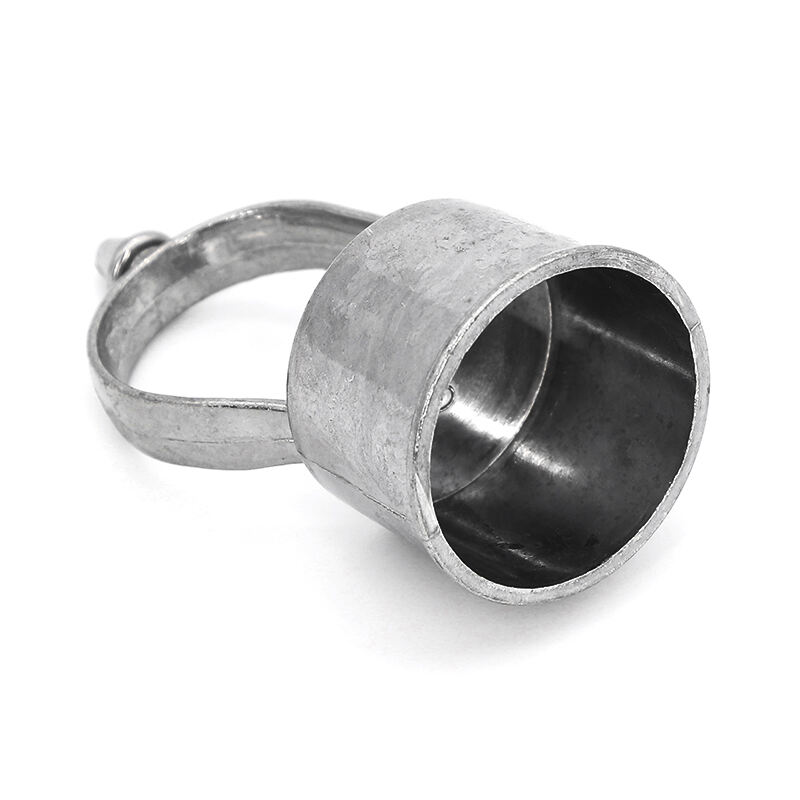In modern manufacturing, precision is no longer a luxury but a necessity. Whether in automotive, aerospace, consumer electronics, or medical devices, products must meet exacting standards for quality, functionality, and consistency. One of the most effective ways to achieve this precision is through the use of Die Casting part, a manufacturing solution that produces complex metal components with remarkable accuracy and efficiency. By understanding how the Die Casting part is designed, the materials involved, the advantages it provides, and its role in improving process precision, manufacturers can make informed decisions that lead to higher quality, reduced waste, and competitive advantage.
A Die Casting part is created through a process in which molten metal is injected into a steel mold cavity under high pressure. Once the metal solidifies, the mold opens and the part is ejected. Unlike other casting methods such as sand casting or investment casting, the Die Casting part offers excellent dimensional accuracy, smooth surface finishes, and the ability to incorporate intricate geometries directly into the design.
The molds, known as dies, are typically made from hardened tool steel to withstand repeated cycles of high-pressure injection. Because the dies can be reused thousands of times, Die Casting part manufacturing is particularly suited to high-volume production, ensuring that each component produced is nearly identical to the previous one. This repeatability is one of the fundamental reasons a Die Casting part contributes to manufacturing precision.
A wide range of alloys can be used in producing a Die Casting part, each offering unique benefits. Aluminum is the most common due to its lightweight, corrosion resistance, and high thermal conductivity. Zinc is valued for its excellent fluidity, strength, and ability to form thin walls. Magnesium is the lightest structural metal, making it ideal where weight reduction is critical. Copper-based alloys provide hardness and wear resistance for specialized uses.
The choice of alloy has a direct impact on precision. Aluminum Die Casting part designs are stable and resistant to dimensional changes over time, while zinc allows for fine details with minimal distortion. Matching material properties to performance requirements ensures the Die Casting part delivers maximum precision benefits.
The Die Casting part improves precision in several ways. The process allows for tight dimensional tolerances, often within ±0.1 mm, reducing the need for machining. This ensures parts fit together seamlessly in assemblies, enhancing overall performance.
The ability to create complex shapes in one step reduces variability. Features like ribs, bosses, and threaded inserts can be integrated into the Die Casting part design, eliminating multiple components and reducing assembly error.
The high-pressure injection process ensures complete filling of the mold, minimizing porosity and defects that compromise dimensional stability. The smooth surfaces of the Die Casting part reduce friction and wear in assemblies, extending service life.
The die itself is central to achieving accuracy. Precision machining and EDM processes create dies with exact dimensions and surface finishes. Tool coatings help extend die life and maintain accuracy over long runs.
Since the die is reusable, once it is crafted to high precision, every Die Casting part produced replicates that quality. This reduces variation between parts, critical in industries like automotive where small deviations can lead to assembly issues or safety risks.

Modern Die Casting part production relies heavily on automation. Automated ladling ensures consistent molten metal delivery. High-speed injection systems manage pressure and flow velocity, reducing defects. Robotic extraction minimizes human error and protects part quality.
Real-time monitoring of temperature, pressure, and cycle time allows immediate detection of deviations, preventing large batches of defective parts. Data-driven control supports continuous improvement and stable precision.
The Die Casting part is indispensable across many industries. In automotive, parts like engine blocks, transmission housings, and brackets demand strict tolerances. In consumer electronics, casings for laptops or phones require both precision and aesthetics.
Aerospace industries use lightweight Die Casting parts for strength-to-weight efficiency, lowering fuel use. Medical devices employ Die Casting part housings and connectors, which must meet regulatory standards and ensure patient safety.
A Die Casting part reduces or eliminates machining, saving costs and time. High precision reduces scrap rates, cutting waste. Assembly processes are faster and more reliable because parts fit together without rework. These factors improve throughput and efficiency while lowering production costs.
The Die Casting part also supports sustainability. Reduced waste and recyclability of alloys mean less environmental impact. Energy efficiency is improved since the high-pressure process produces finished parts quickly compared to alternatives.
Simulation software allows modeling of molten metal flow and solidification, optimizing Die Casting part design before production. Additive manufacturing enables complex die inserts with advanced cooling, reducing distortion.
Industry 4.0 integration brings sensors and predictive maintenance into Die Casting part production, further improving precision and reliability.
High-pressure injection into reusable steel molds allows tight tolerances, smooth finishes, and consistent replication across thousands of parts, unlike sand casting or forging.
Aluminum, zinc, and magnesium are the most common, with each selected for specific requirements such as weight, corrosion resistance, or fine detail.
Because it is produced near-net-shape, many features such as ribs, threads, and bosses are included in the casting, eliminating secondary machining steps.
Yes, the process excels at complex designs. The molten metal fills intricate mold cavities under pressure, creating detailed parts in one step.
Automotive, aerospace, consumer electronics, medical equipment, and industrial machinery rely on Die Casting part production for dimensional accuracy and consistency.
Automation ensures consistent operation, controls injection parameters, and reduces manual error. Sensors and feedback systems maintain process stability and repeatability.
Yes, alloys are recyclable and the process minimizes waste. Faster cycle times improve energy efficiency compared to many alternatives.
Tooling quality dictates precision. Accurately machined and coated dies maintain dimensional accuracy for thousands of parts, ensuring repeatability.
Methods include dimensional inspection, X-ray analysis for porosity, pressure testing, and mechanical property evaluation to confirm standards are met.
Simulation tools, additive manufacturing for tooling, conformal cooling, and smart factory integration will continue to push Die Casting part technology toward higher precision and efficiency.